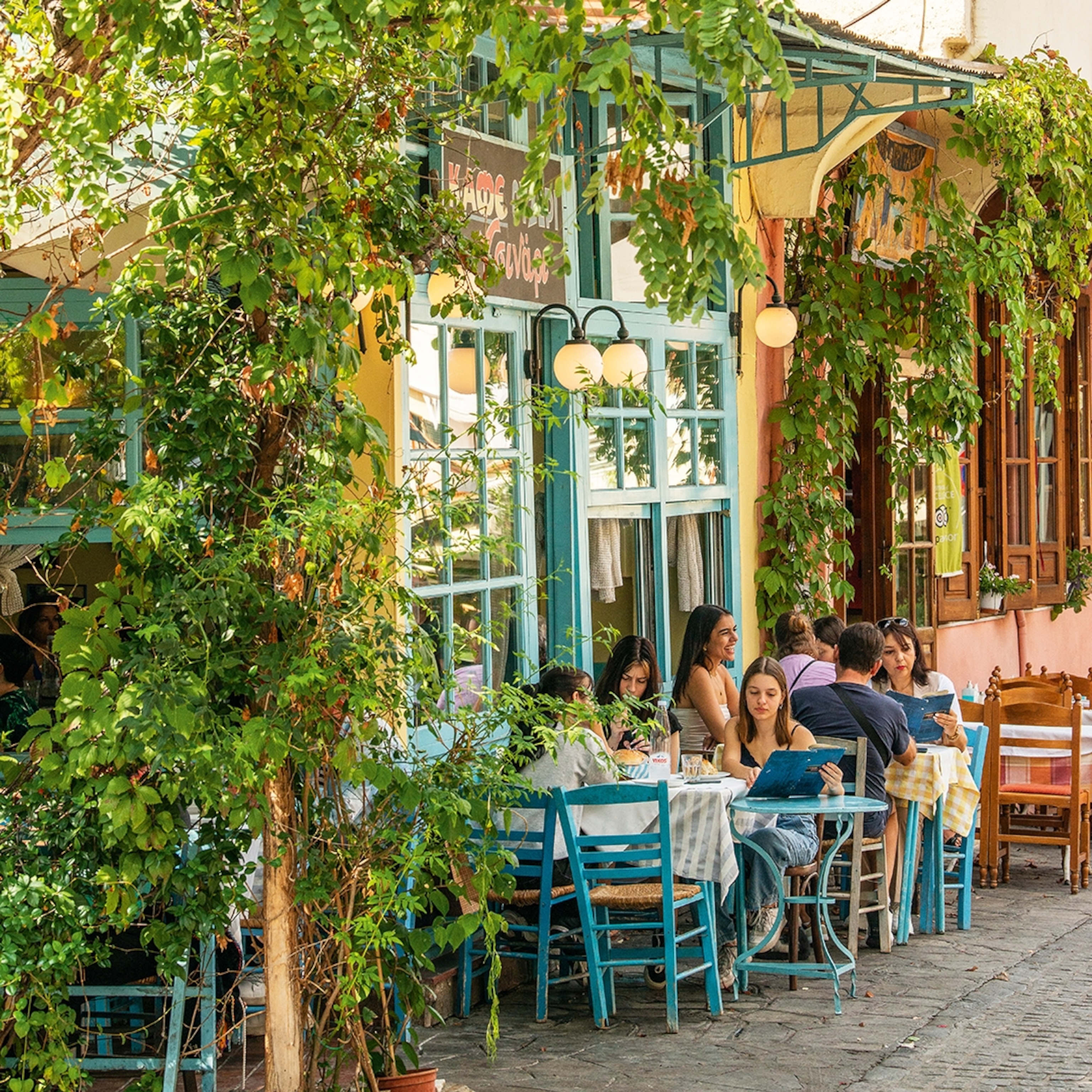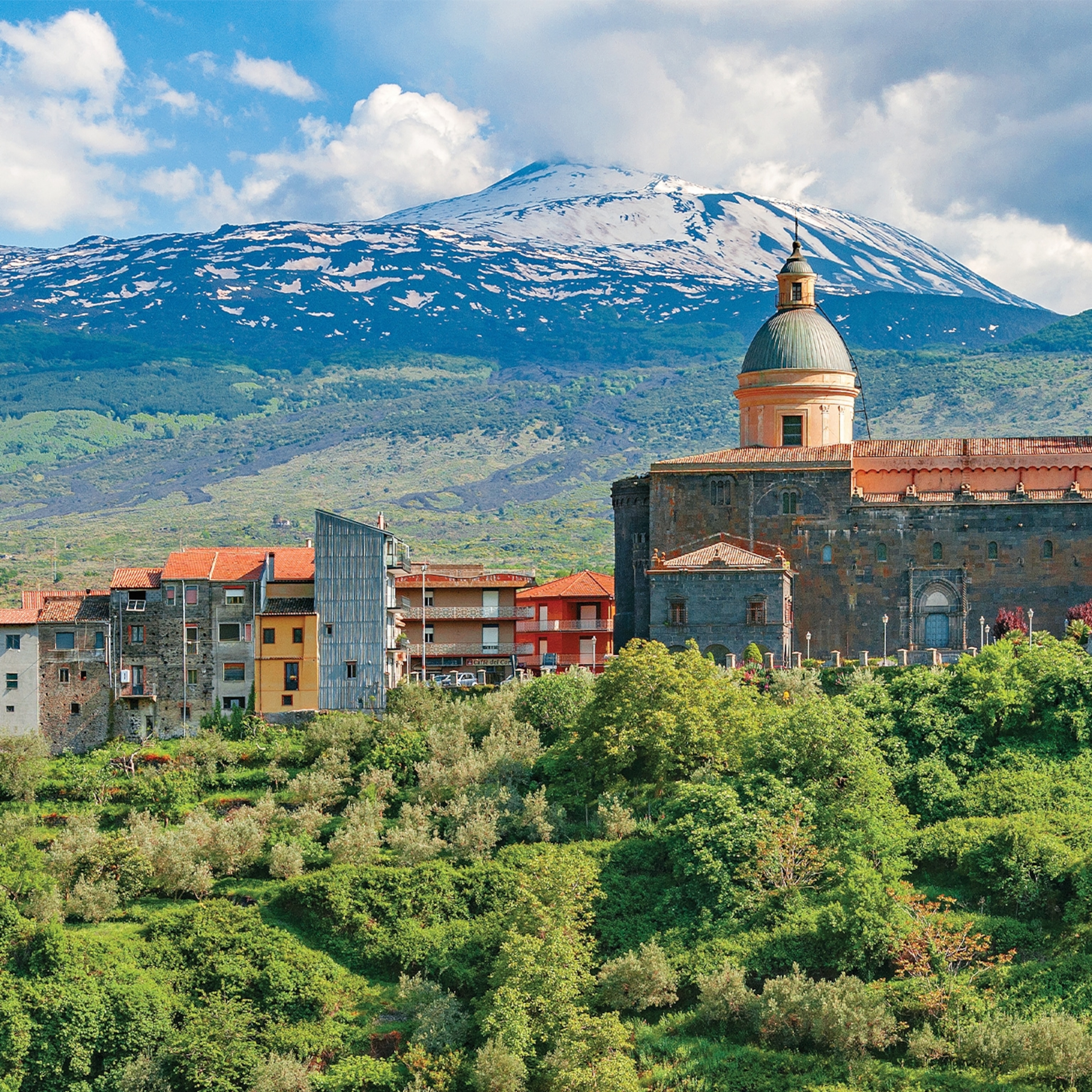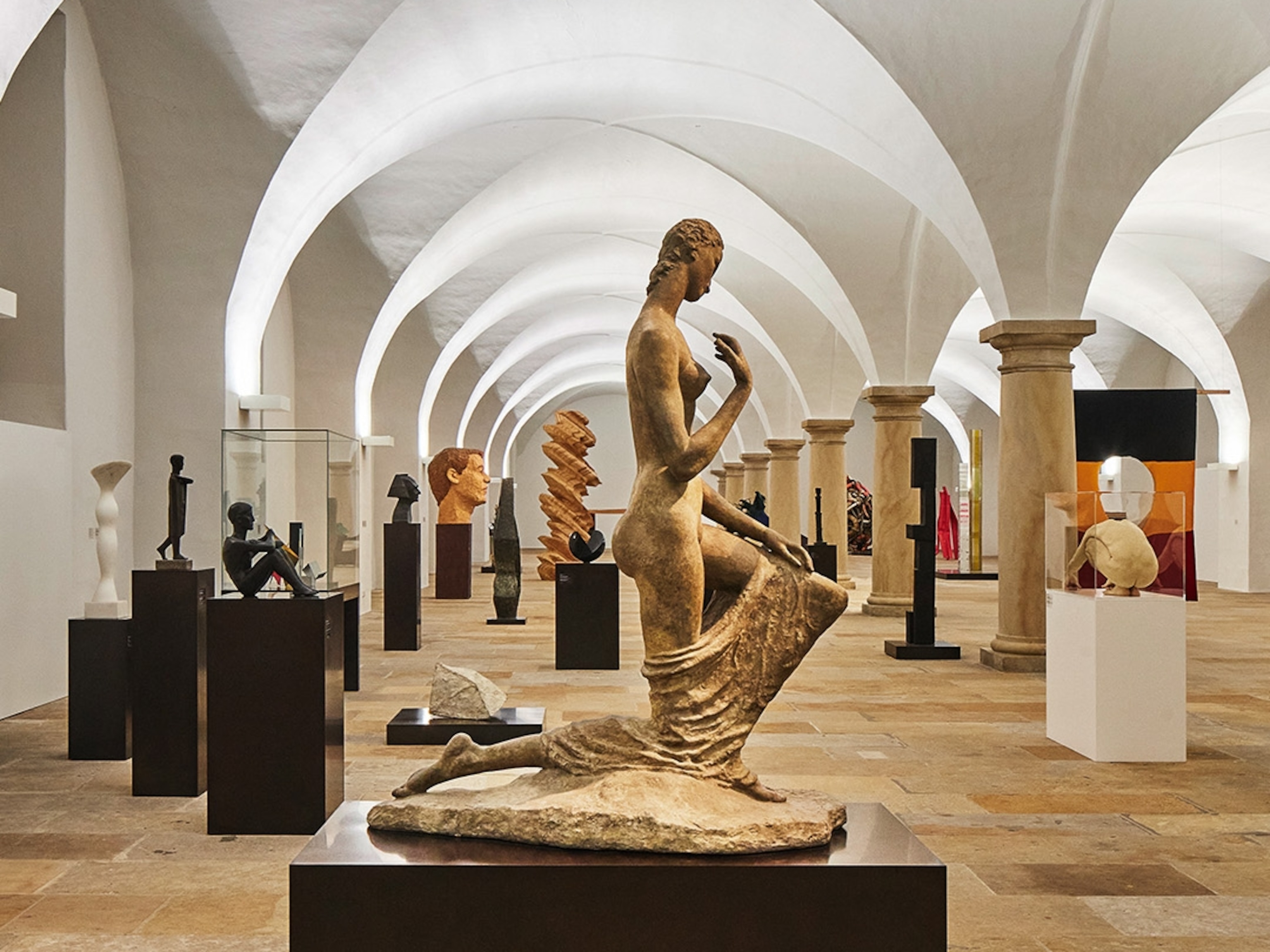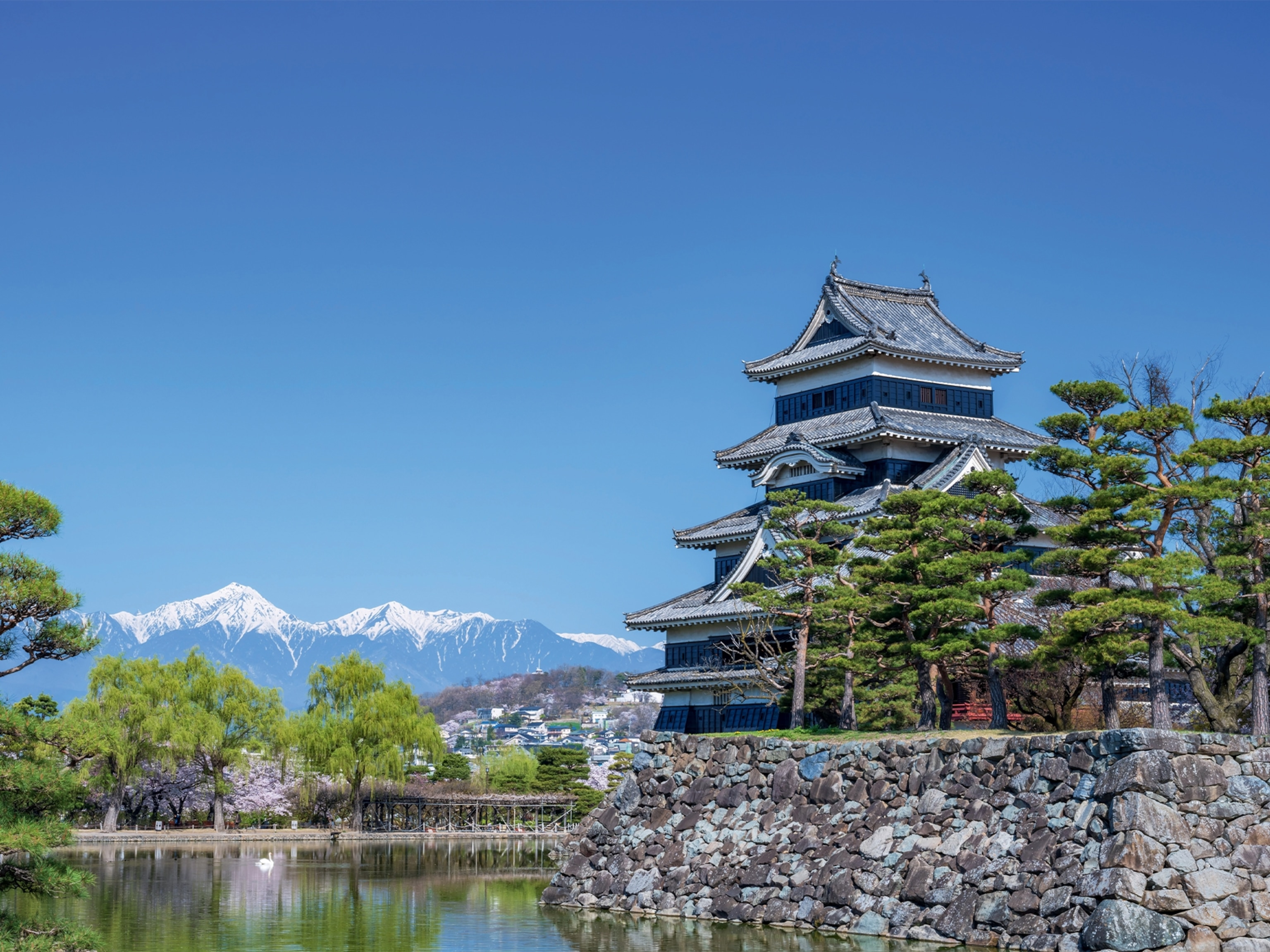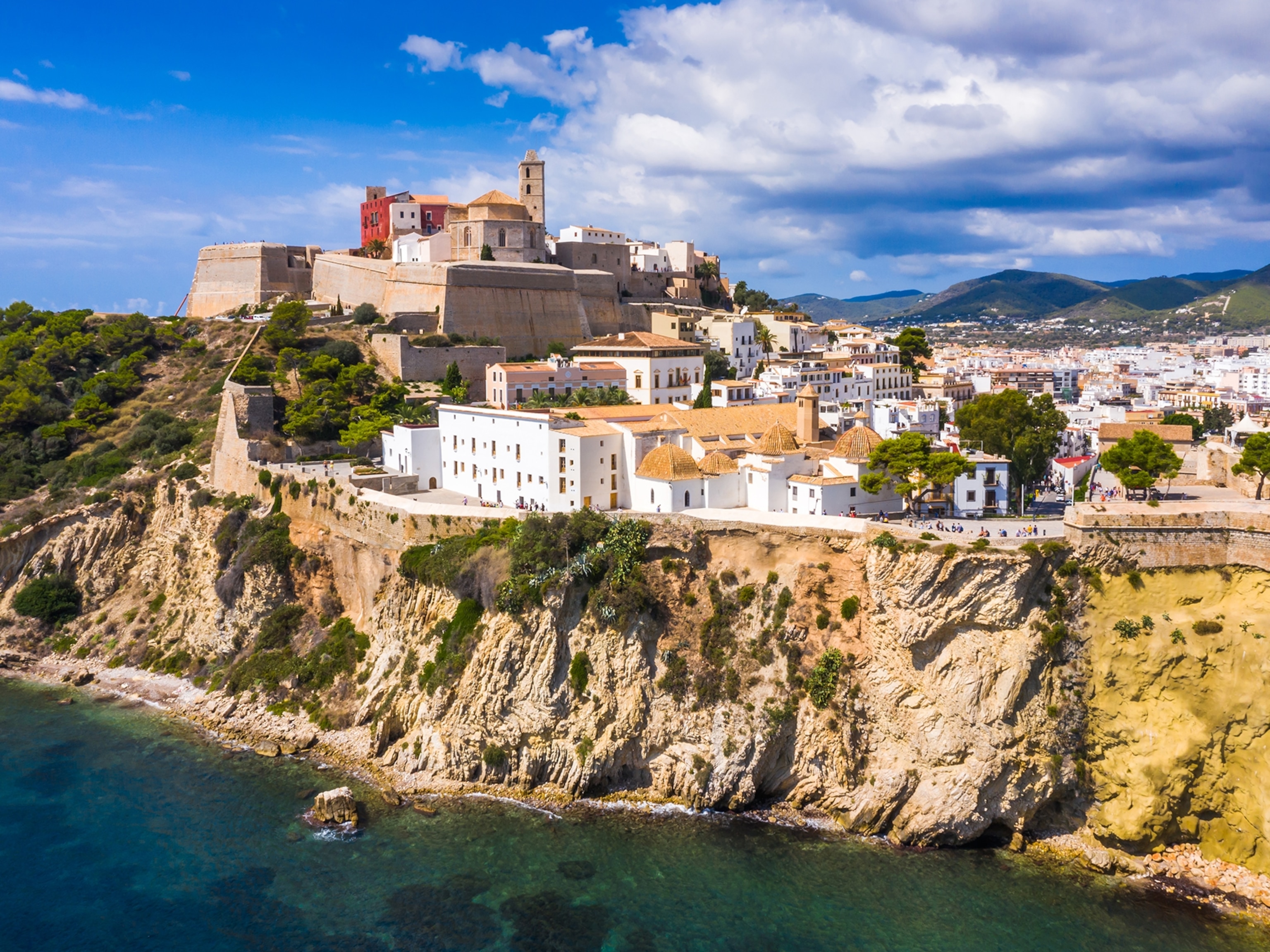Why little-visited Uruguayan capital Montevideo is worth a look
The Uruguayan capital flies under the radar, but has an atmospheric old town, a rich musical and literary heritage and beachside barrios to discover.
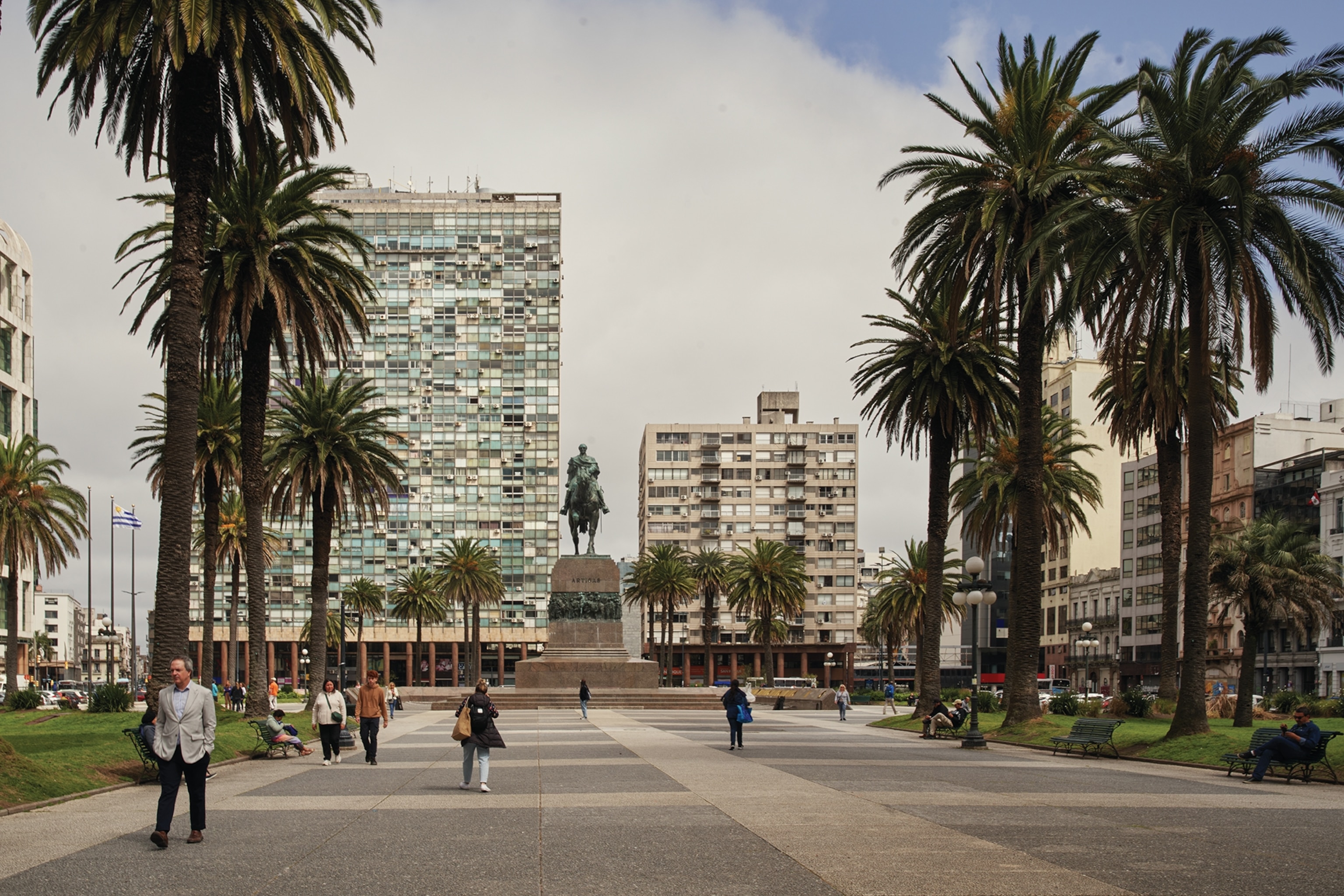
At first glance, Montevideo has much in common with Buenos Aires, lying on the opposite side of the River Plate. Football, tango and world-class steaks are all found here, though you’re more likely to see Montevideanos strolling around with a mate — a herbal tea made from the yerba mate plant — than a coffee. But spend some time in the Uruguayan capital, and you’ll soon discover that its draws go far beyond any similarities.
The Ciudad Vieja (Old City) is its oldest and most atmospheric neighbourhood, spanning a peninsula in the south west. Originally a walled city, it’s now a picturesque district of cobbled streets and plazas lined with sprouting palm trees, elegant churches and faded townhouses, their walls covered with large murals and calligraphic graffiti tags.
Beyond the Ciudad Vieja, the city centre stretches to the east, the modern presidential office and 19th-century palaces, museums and theatres of Plaza Independencia giving way to an expanse of shopping streets. To the southeast, a serpentine promenade winds along the coast past a series of wide, sandy beaches and barrios (neighbourhoods) such as Pocitos, Buceo and Malvín, whose modern apartment blocks gaze across the water and give this part of Montevideo the feel of a seaside resort.
A UNESCO City of Literature — a status symbolised by a collection of gorgeous independent bookshops — Montevideo also has a rich musical heritage and is known as one of the two birthplaces of tango (alongside Buenos Aires). The music and dance emerged from working class communities in the late 19th century and blends African, Indigenous and European influences. Today, you can watch or take part at a multitude of clubs, classes and performances, ranging from glitzy professional shows to amateur street displays.
The city is also intrinsically linked to another form of music and dance: candombe. Originating among the descendants of liberated African slaves and now recognised by UNESCO as part of Montevideo’s intangible cultural heritage, it’s based on a trio of drums: the piano, repique and chico. Featuring costumed dancers and a storytelling element, candombe is performed on the streets throughout the year, but is central to Montevideo’s famously long carnival, which runs between January and March with parades, shows and parties.
Despite all this, Montevideo remains under the radar. But the city’s global profile looks set to rise in the coming years, as it’ll host the opening match of the 2030 FIFA World Cup, a century after staging the very first tournament.
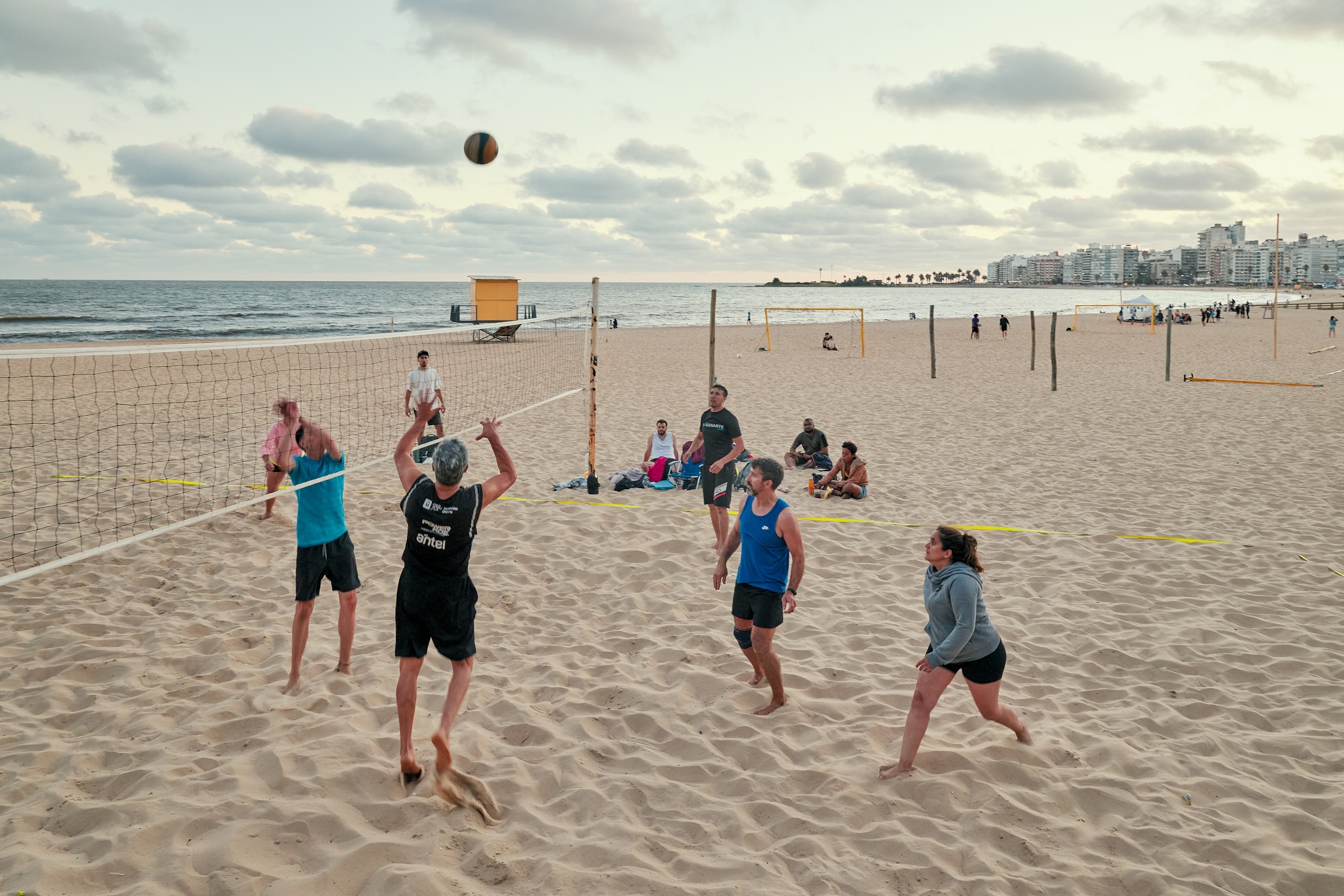
What to see & do
Mercado del Puerto
On the edge of the Ciudad Vieja, this cast-iron structure is reminiscent of a Victorian railway station. It’s packed with steakhouses where waiters reel customers in with complimentary tasters of medio y medio (a blend of dry white and sweet sparkling wines). The excellent Empanadas Carolina is also a must for traditional stuffed savoury pastries.
Palacio Salvo
Towering over Plaza Independencia with sweeping views over the city, the Palacio Salvo — which combines a range of architectural styles from gothic to art nouveau — was briefly the tallest building in South America when it was completed in 1928. Guided tours provide an insight into this design curiosity, which sits on the site of the cafe where the legendary tango song La Cumparsita was written in 1916.
Museo de Artes Visuales
This museum in Parque Rodó is home to a huge collection of paintings, prints, sculptures, ceramics and other works by Uruguayan artists, and is the largest of its kind in the country. Highlights include 19th-century depictions of gauchos and rural life in the Uruguayan pampas by painter Juan Manuel Blanes.
The Rambla
Snaking along Montevideo’s coastline for almost 14 miles, the Rambla is among the longest continuous sidewalks in the world. Taking in many of the city’s highlights, from the crumbling Ciudad Vieja to the beaches of Punta Carretas and Pocitos, it’s a popular spot with cyclists and families as well as visitors keen to get a flavour of the city.
Estadio Centenario
Built to host the first World Cup in 1930 — which Uruguay won — the monumental Estadio Centenario (Centenary Stadium) is set to stage the opening match of the 2030 tournament. Its Museo del Fútbol (Football Museum) is home to a veritable treasure trove of memorabilia — such as shirts worn by Maradona and Pelé — and tickets include a tour of the hallowed stands.
Castillo Pittamiglio
This is arguably Montevideo’s oddest structure. Hemmed in by apartments, it was created by an eccentric architect, Humberto Pittamiglio, who lived here until 1966. A stylistic hotchpotch, the ‘castle’ features towers, spires, turrets, stained glass, art deco flourishes and mock-Tudor elements, plus a temple folly and labyrinth. Now a museum, it’s a fascinating, if slightly unsettling, place.
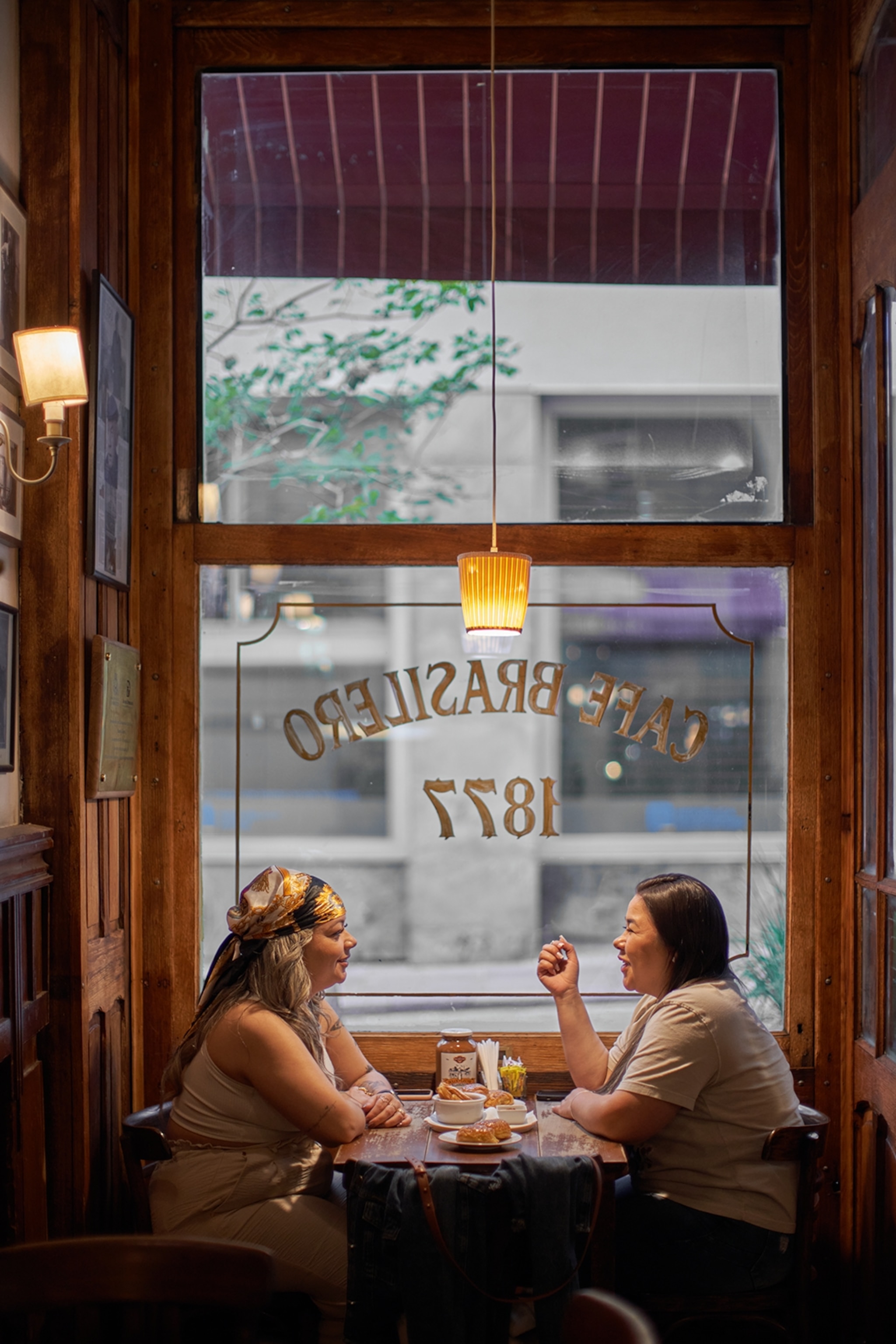
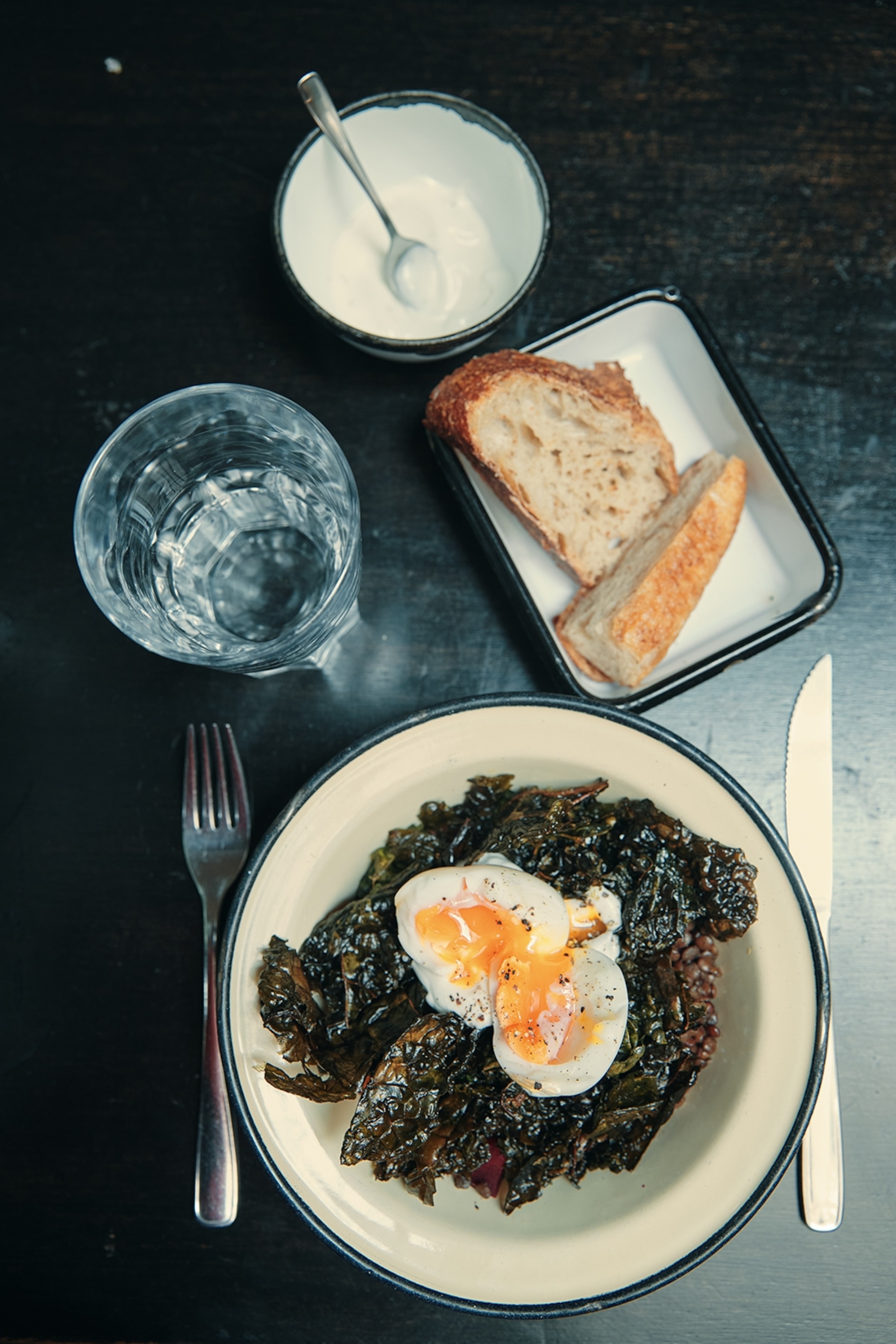
Where to eat
Café Brasilero
Dating to 1877, this Ciudad Vieja stalwart was a haunt of the Uruguayan writer Eduardo Galeano and has a wood-panelled interior that’s covered with black-and-white photos. Go for coffee and medialunas (doughy croissants) at breakfast, or try the good-value lunch specials, featuring staples such as gnocchi and ravioli — reflecting the fact that roughly 40% of Uruguayans have Italian heritage.
Escaramuza
Hidden behind a bookshop in the Cordón neighbourhood, a nightlife hotspot, this cafe-restaurant has a wide-ranging and ever-changing menu — expect dishes such as falafel with spicy aioli and beetroot and ricotta tart. There’s good coffee and patisserie, too, including a standout passion fruit and coconut chiffon cake.
Cabaña Verónica
The pick of the parrillas (steakhouses) in the busy Mercado del Puerto, Cabaña Verónica serves expertly grilled steaks. Grab a table or a seat at the bar, and don’t miss the tender mollejas (sweetbreads), best eaten with a squeeze of lemon.
Where to stay
Hotel Palacio
On the edge of the Ciudad Vieja, this excellent-value option retains many of the building’s turn-of-the-20th-century features, with an original cage lift, polished tiled floors and a scattering of vintage items such as antique telephones. The en suite rooms are simple but comfortable, with high ceilings and often private balconies.
Hotel Costanero Montevideo — MGallery
Looking across the beach in the attractive riverside neighbourhood of Pocitos in southeast Montevideo, Hotel Costanero has a cool, contemporary look, with a shimmering glass exterior. The rooms are all bright and spacious — many of those on the higher floors also have superb river views — and there’s even a small outdoor swimming pool.
Alma Histórica Boutique Hotel
On a Ciudad Vieja plaza, this intimate hotel is set in a restored 1920s townhouse. Accessed via a spiral staircase, the classically styled rooms are each named after a noted Uruguayan figure. It’s worth paying extra for one with views of the glorious Palacio Taranco, an opulent mansion that now houses a gallery.
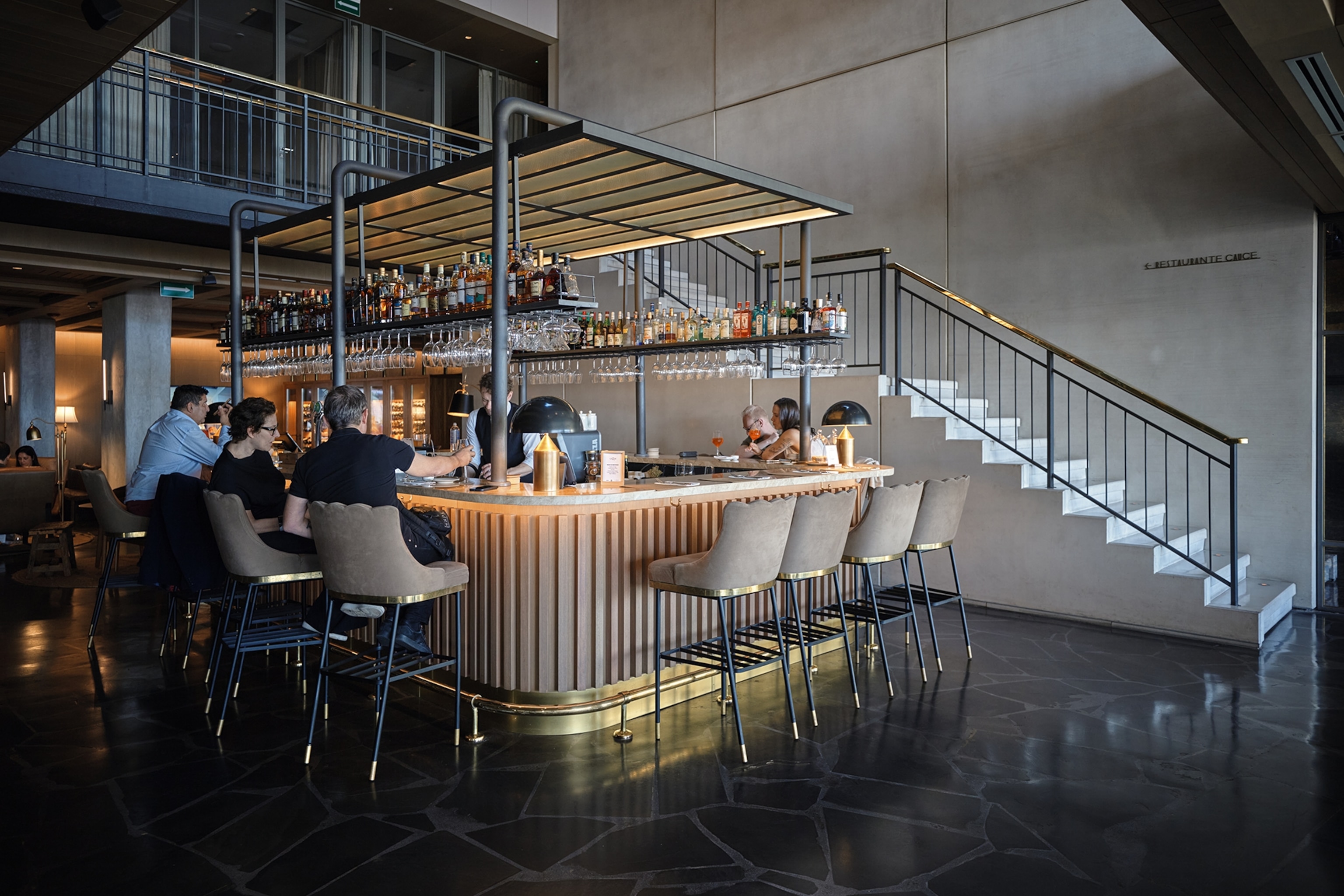
Go shopping
Alfajores
A pair of crumbly biscuits sandwiching a layer of dulce de leche and typically covered in chocolate, alfajores are an extremely popular treat in Uruguay, particularly as part of a merienda or afternoon snack. Near the Mercado del Puerto, the award-winning Alfajores de Uruguay has more than 30 flavours, including white chocolate and lemon cream, and milk chocolate and passion fruit jam.
Feria de Tristán Narvaja
Most visitors are drawn to the Saturday antiques market in Plaza Matriz, the Ciudad Vieja’s main square, but skip this in favour of the Feria de Tristán Narvaja, which offers a more authentic and better value experience. Taking place every Sunday in the central Cordón neighbourhood, it sells everything from fruit and clothes to jewellery and second-hand books.
Woollen goods
Founded in the late 1960s to empower disadvantaged rural women in Uruguay, Manos del Uruguay is an NGO with 12 artisan cooperatives producing exquisite woollen goods, including jumpers, ponchos, wraps, blankets and scarves, as well as jewellery and homeware. It has several shops, including one in the Ciudad Vieja.
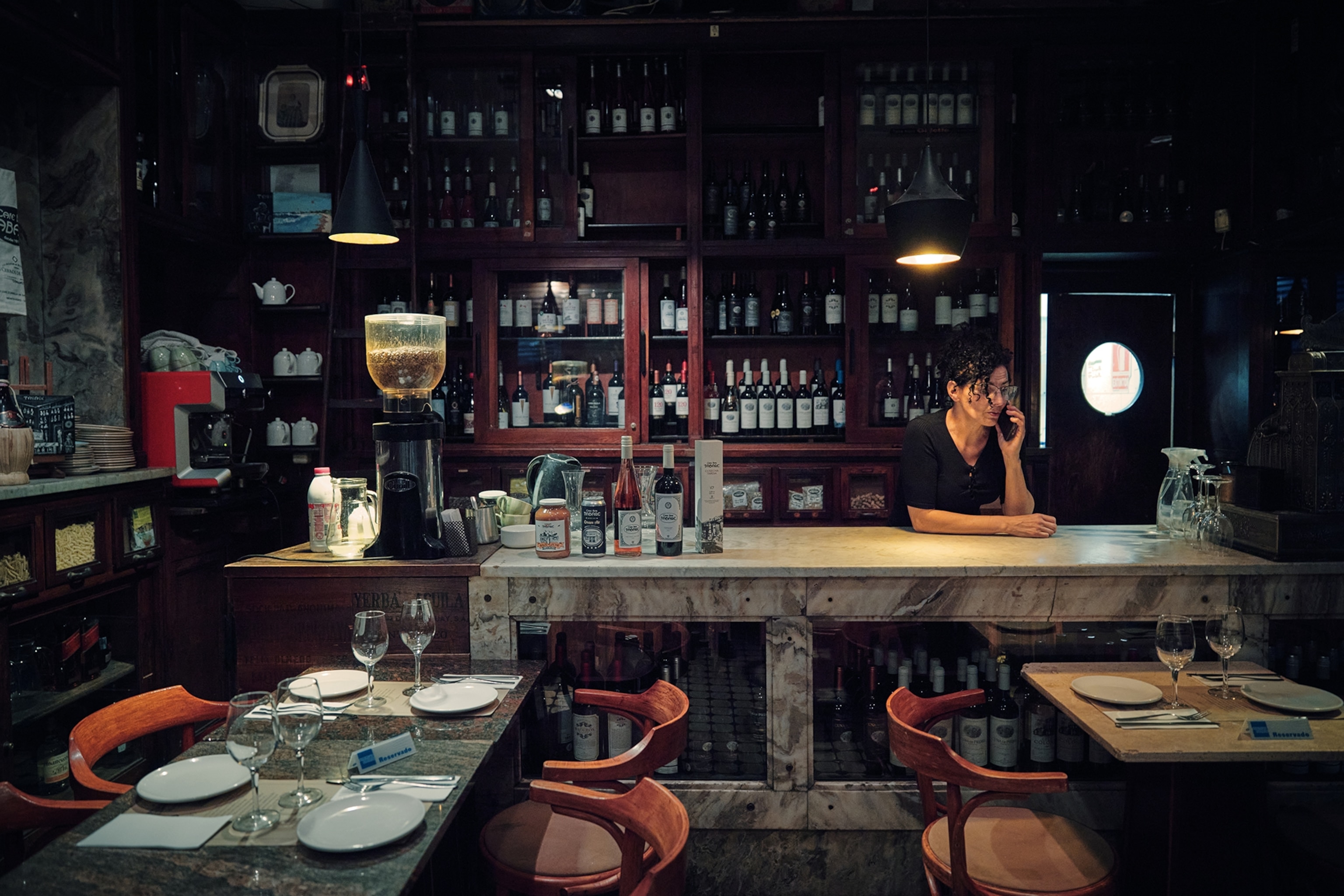
After hours
Primuseum
A museum, restaurant and tango club combined, this atmospheric Ciudad Vieja venue features more than 3,000 antiques — notably the 300-plus vintage Primus camping stoves, which nod to the business of the building’s former owner. It’s an excellent, intimate spot to watch tango dancers, singers and musicians up close, as the evening performances take place around the handful of dining tables.
Teatro Solís
Opened in the 1850s, Uruguay’s premier concert hall was inspired by Italy’s leading theatres, notably La Scala, and has more recent design flourishes from the likes of French luminary Philippe Starck. As well as being an architectural triumph, it has a strong calendar of opera, ballet, classical and tango performances. Guided tours of the building are also available.
Bar Tabaré
Opened in 1919 as a cross between a general store and bar, Tabaré was originally a hangout for local fishermen. It’s since gained a more diverse clientele, while retaining much of its original character. The basement hosts regular performances by jazz, blues, tango, samba, bossa nova and rock bands.
Like a local
Candombe
If you miss the carnival season, but want to get a taste of candombe music and culture, make a beeline for the southern Parque Rodó neighbourhood, in whose namesake park comparsas (troupes of drummers) often gather to rehearse on a Saturday evening. Practice sessions also regularly take place in the nearby neighbourhoods of Barrio Sur and Palermo.
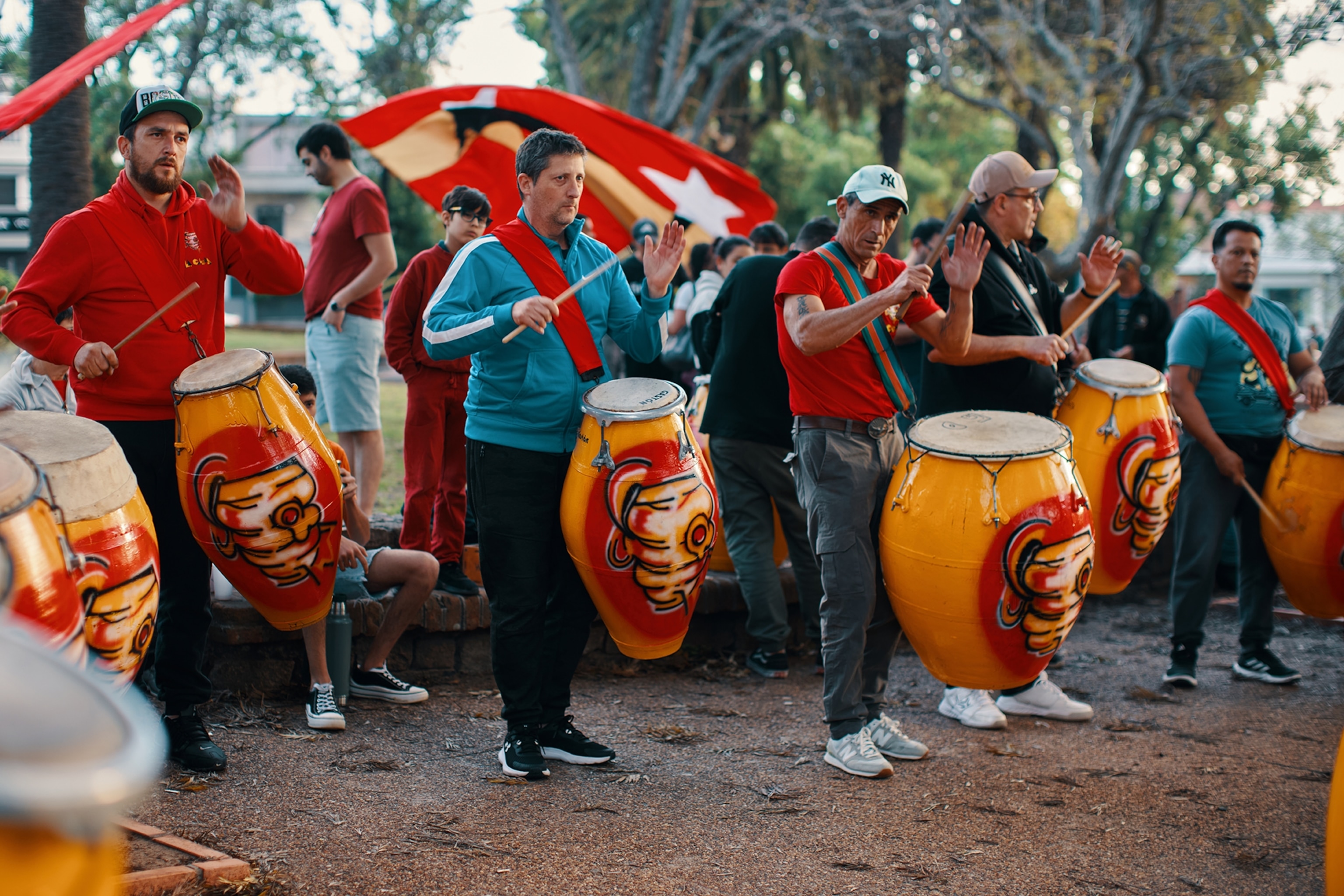
Life & soul
Lasting at least 40 days, the Montevideo carnival is the longest in the world and draws on the city’s African, European and Indigenous heritages. Candombe features prominently, alongside a host of parades, shows, competitions and concerts, all with elaborate costumes and ostentatious floats
Chivito
Despite its misleading name (chivito means ‘little goat’), this classic Uruguayan dish is actually a hearty steak sandwich packed with accompaniments such as lettuce, tomato, boiled or fried egg, cheese and ham or bacon. The local chain La Pasiva is a good place to sample one, not least because of its signature mustard sauce — the recipe is a closely guarded secret.
Football
Few activities give you a better insight into Uruguayan culture than going to a football match. Montevideo has scores of clubs, notably arch-rivals Peñarol and Nacional, two of the most successful teams in South America. If you don’t want to go on your own, Fanáticos Fútbol Tours can arrange match tickets and group trips to take in the game.
How to do it
Getting there & around
There are no direct flights between the UK and Uruguay. Iberia and Air Europa both fly from London to Montevideo via Madrid, while LATAM flies via São Paulo. Avianca also flies via Bogotá, but this adds over 10 hours to the journey.
Average flight time: 16h.
Montevideo is also connected to Buenos Aires by regular ferries.
The relatively compact Ciudad Vieja and city centre are easy to navigate on foot. There’s no metro, but buses and taxis are widespread and handy for getting to and from neighbourhoods such as Pocitos and Parque Rodó.
Uber also operates across the city.
There are long stretches of cycle lanes on the Rambla and the central Avenida 18 de Julio, among other places; for rentals, try Orange Bike.
When to go
Montevideo has a temperate climate and can be visited year-round, but the peak season is in summer between December and February, when average temperatures hover around 24C. The city is particularly popular during the carnival period from late January to early March, when accommodation needs to be booked well in advance. Spring, from September to November, and autumn, from March to May, are quieter and a bit cooler, with average temperatures of around 18C — but they’re still pleasant times to visit.
More info:
uruguay.uy
Bradt Uruguay. £18.99
Mirrors: Stories of Almost Everyone by Eduardo Galeano. £12.99
To subscribe to National Geographic Traveller (UK) magazine click here. (Available in select countries only).
